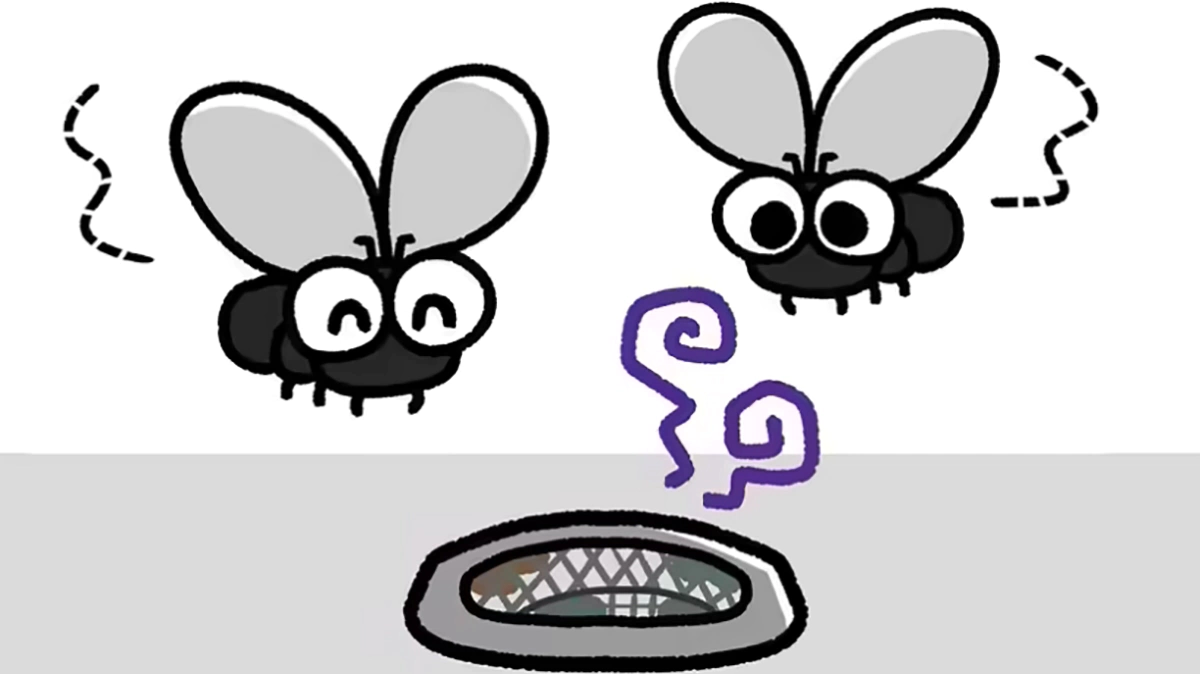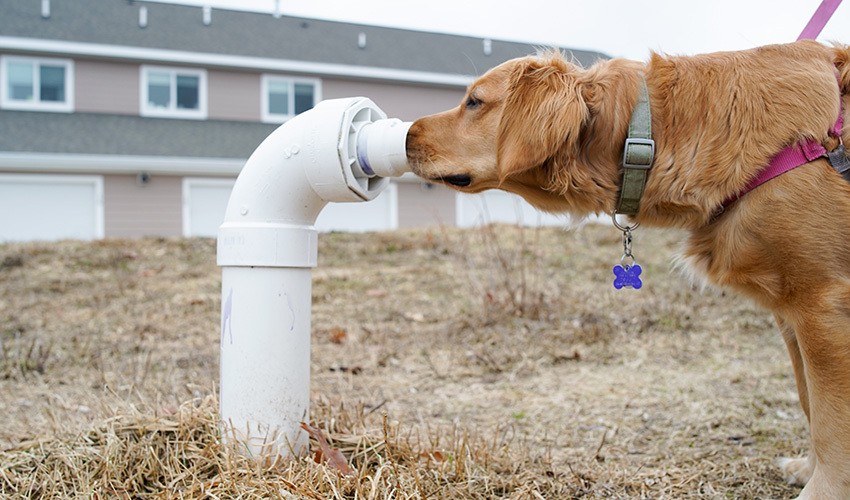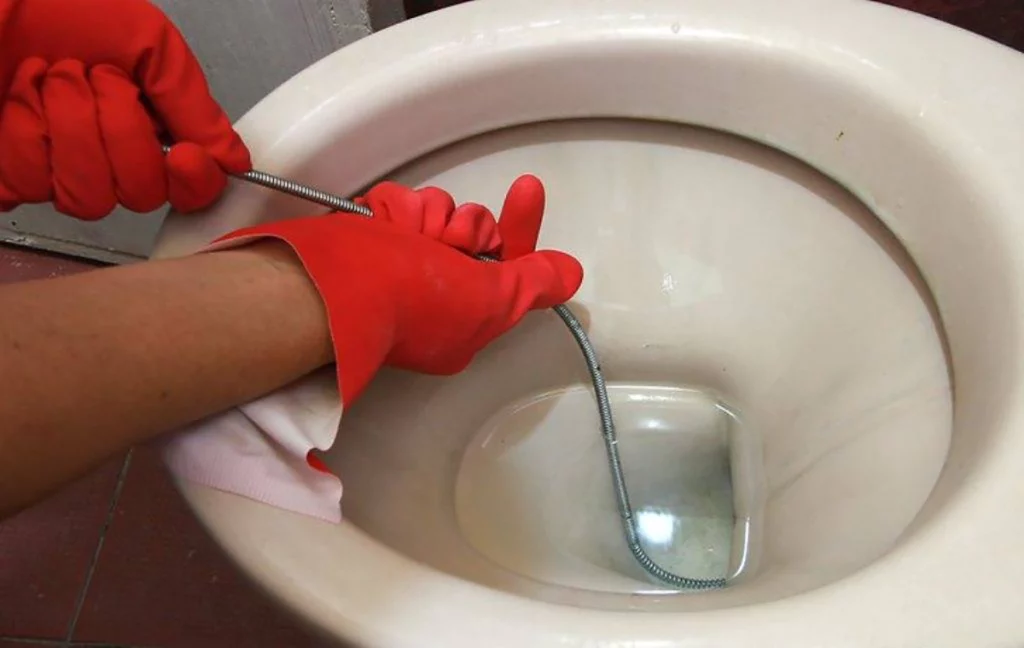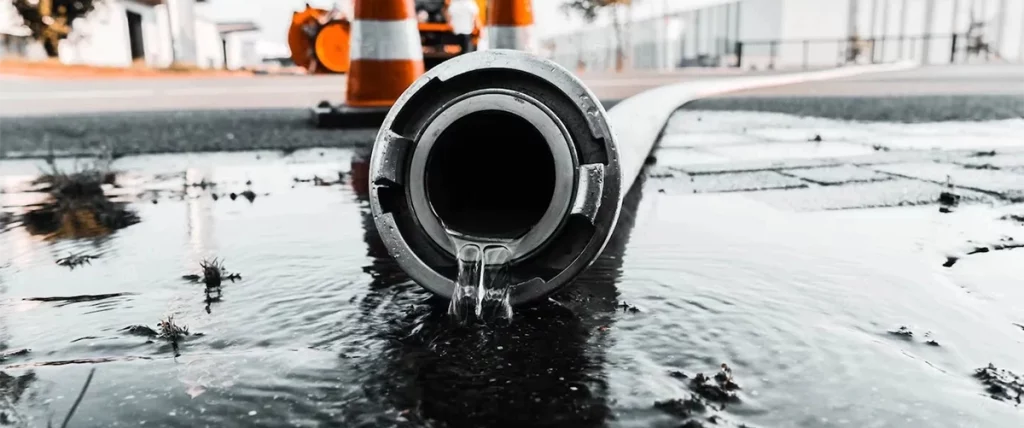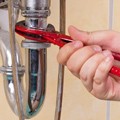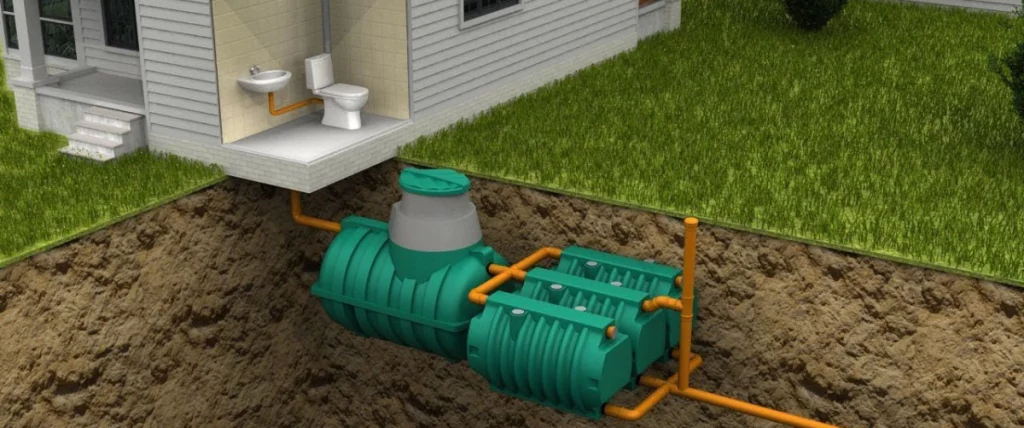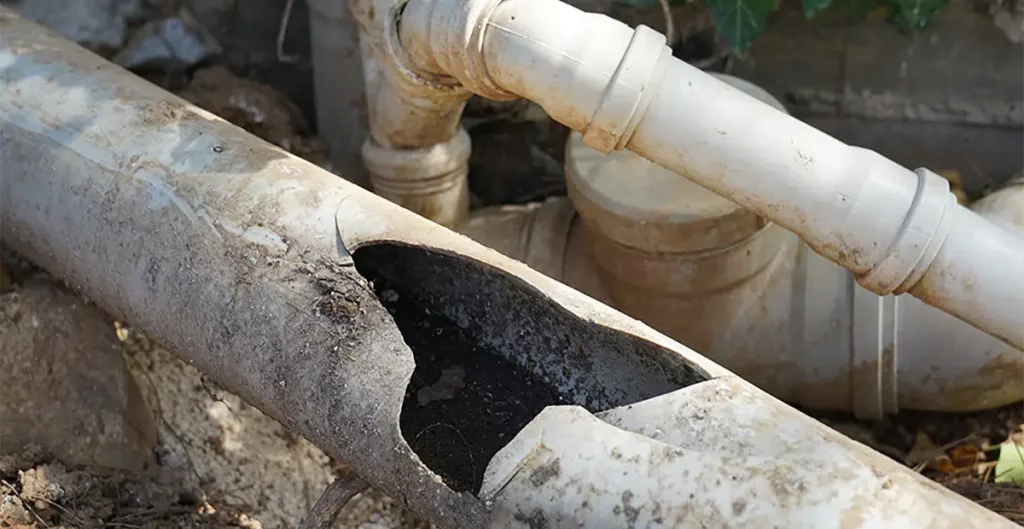Drain flies, also known as sewer flies or moth flies, are tiny, nuisance pests that can infest your home. They are often found near drains and can be a source of frustration. Fortunately, there are steps you can take to control and eliminate drain fly infestations. In this guide, we’ll explore various methods for managing these pesky insects.
Contents
Signs of Drain Fly Presence
Before you can effectively control drain flies, it’s important to recognize the signs of their presence:
- Small, Flying Insects: Drain flies are small, usually measuring 1/8 to 1/4 inch in length. They are gray or brown and have fuzzy wings.
- Hovering Around Drains: You’ll often see drain flies hovering around sinks, drains, or areas with standing water.
- Tiny Worm-Like Larvae: Drain fly larvae resemble tiny worms and are found in the gelatinous organic matter that accumulates in drain pipes.
- Unpleasant Odor: In some cases, drain fly infestations can lead to an unpleasant, musty odor near affected drains.
Why They Thrive in Drains
Drain flies thrive in drains due to their preference for moist, organic material. They lay their eggs in the gel-like film that forms on the interior of drain pipes, providing an ideal environment for their larvae to feed and develop. This organic matter is often composed of food particles, grease, and debris.
DIY Drain Fly Control Methods
Dealing with drain fly infestations at home can be both frustrating and unhygienic. Fortunately, there are several DIY methods you can employ to control and eliminate drain flies. Here are some effective DIY drain fly control methods:
1. Clean Your Drains Regularly:
One of the primary reasons drain flies thrive is the accumulation of organic matter in your drains. To combat this:
- Use a pipe brush or a drain cleaner specifically designed for this purpose to scrub the interior of your drains.
- Remove the buildup of hair, food particles, and debris that can serve as breeding grounds for drain fly larvae.
2. Boiling Water:
Boiling water is a simple yet effective way to kill drain fly larvae and clear out the gelatinous film they feed on. Here’s how to use it:
- Boil a pot of water and carefully pour it down the infested drain.
- Repeat this process daily for several days until you notice a reduction in drain fly activity.
3. Baking Soda and Vinegar:
A mixture of baking soda and vinegar can help break down organic matter and clear clogged drains. Here’s how to use it:
- Start by pouring a pot of boiling water down the drain to soften any buildup.
- Next, pour 1/2 cup of baking soda into the drain, followed by 1/2 cup of vinegar.
- Cover the drain to keep the fizzing action contained.
- After 15-20 minutes, flush the drain with hot water.
4. Use Drain Covers:
Prevent drain flies from entering your pipes by installing drain covers or stoppers. This simple step can help keep drain flies from laying their eggs in your drains and breeding.
5. Maintain Proper Hygiene:
Maintaining good hygiene practices in your home can prevent drain flies from becoming a recurring issue. Here’s what you can do:
- Avoid pouring grease, food scraps, or coffee grounds down the drain.
- Use a drain strainer or filter to catch debris before it enters the pipes.
- Regularly clean your kitchen sink and bathroom drains to remove any buildup.
6. Reduce Moisture and Ventilation:
Drain flies are attracted to moisture. To reduce their attraction to your drains:
- Ensure proper ventilation in bathrooms by using exhaust fans or opening windows after showering.
- Repair any leaks in plumbing fixtures promptly to eliminate excess moisture.
7. Eliminate Standing Water:
Drain flies can breed in standing water, so make sure you eliminate any potential breeding sites:
- Repair leaky faucets, pipes, or fixtures.
- Empty and clean any unused drains, sinks, or tubs regularly.
By implementing these DIY drain fly control methods and maintaining good hygiene practices, you can effectively reduce and eliminate drain fly infestations in your home. However, if the problem persists or worsens, it may be necessary to seek professional help from an exterminator or plumber.
Maintaining Clean Drains
To prevent future drain fly infestations, maintain clean drains by following these practices:
- Avoid pouring grease and food scraps down the drain.
- Use a drain strainer to catch debris before it enters the pipes.
- Regularly clean your kitchen sink and bathroom drains.
- Dispose of organic waste in a sealed container.
Regular Drain Flies Removal and Prevention
Even after successful DIY control, drain flies can return. To prevent this:
- Maintain a regular cleaning schedule for your drains.
- Inspect and repair any leaks in plumbing fixtures.
- Ensure proper ventilation in bathrooms to reduce moisture.
- Eliminate standing water in and around your home.
Hiring Professional Exterminators for Drain Flies Removal
When DIY methods prove ineffective, it may be time to consult professional exterminators. They have the expertise and tools to address severe infestations and can provide long-lasting solutions.
When to Seek Professional Help
Knowing when to seek professional help for a drain fly infestation is crucial, especially if your DIY efforts prove ineffective or if the infestation is severe. Here are some situations that indicate it’s time to consult a professional:
- Persistent Infestation: If drain flies continue to be a problem despite your DIY control efforts, it’s a sign that there may be underlying issues that require professional attention.
- Hidden Plumbing Problems: If you suspect that hidden plumbing issues, such as damaged pipes or sewer line problems, are contributing to the drain fly infestation, a professional plumber should be called in to assess and address these issues.
- Multiple Areas Affected: If drain flies are infesting multiple areas of your home, it may indicate a more extensive problem that requires expert diagnosis and treatment.
- Health Concerns: If you or your family members are experiencing health issues related to the drain fly infestation, such as allergies or respiratory problems, it’s essential to seek professional help to eliminate the problem and address any health risks.
- Severe Infestation: In cases of severe infestations where drain flies are numerous and persistent, professional exterminators have the expertise and tools to address the problem effectively.
- Hidden Breeding Sites: Drain flies can breed in hidden or hard-to-reach areas within your plumbing system. A professional can identify and eliminate these breeding sites.
- Complex Pest Control: If you’re dealing with other pest infestations alongside drain flies, such as roaches or rodents, it’s best to consult a professional pest control company that can handle multiple pest issues simultaneously.
- Commercial or Multi-Unit Properties: For businesses or multi-unit residential properties with drain fly infestations, professional pest control services may be necessary to ensure the problem is resolved comprehensively.
- Persistent Odor: If the drain fly infestation has led to an unpleasant, musty odor in your home, it may indicate a more extensive problem that requires professional intervention.
- Ineffectiveness of DIY Solutions: If your DIY drain fly control methods have not yielded positive results within a reasonable timeframe, it’s a clear indication that professional help is needed.
When seeking professional assistance for drain fly control, consider hiring an experienced exterminator or pest control company with a proven track record in handling drain fly infestations. Additionally, for plumbing-related issues, such as hidden pipe damage or sewer line problems, consult a licensed and reputable plumber to diagnose and address the underlying plumbing concerns.
By recognizing the signs that necessitate professional help and taking prompt action, you can effectively resolve drain fly infestations and ensure a pest-free and sanitary living environment.
In conclusion, controlling drain flies requires a combination of DIY methods, regular maintenance, and proper hygiene practices. By taking proactive steps and seeking professional help when needed, you can effectively manage and eliminate drain fly infestations in your home, creating a more sanitary and comfortable living environment.
FAQ about How To Control Drain Flies In Your Home
Drain flies are attracted to moisture and organic matter. They thrive in damp environments and are often found near drains where they can feed on the organic buildup inside pipes.
You should seek professional pest control for drain flies if your DIY efforts fail, the infestation persists, or if you notice multiple areas affected. Additionally, if you suspect hidden plumbing issues or severe infestations, professional help is advisable.
Yes, drain flies can be an indication of more significant plumbing issues. They often breed in the organic matter within drain pipes, which can result from leaks, clogs, or damaged plumbing. If you have a persistent drain fly problem, it’s wise to have a professional plumber inspect your plumbing system for underlying issues.



